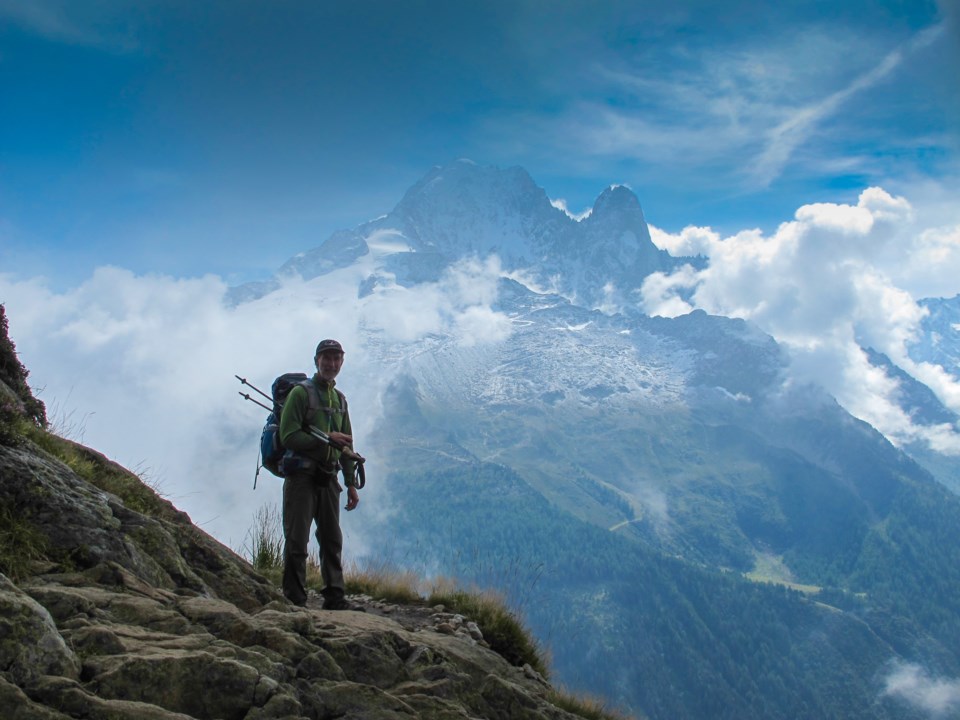It started as a beautiful bluebird day for skiing in the backcountry and ended with a devastating lesson in avalanche safety.
A guide was leading a group of skiers from Canmore, Alta., up a slope in the Selkirk Mountains near Golden, B.C. Some were skiing down a steep, narrow chute when an avalanche was triggered by the last person.
The slide buried or partially buried 10 of the 13 skiers — including Doug and Sheila Churchill.
"Everybody was unburied within 10 minutes," Sheila Churchill recalled in an interview with The Canadian Press. "However, my husband was very seriously injured in the avalanche and he died three days later."
Others suffered a brain injury, broken legs and arms, torn knees or shoulders, and serious mental trauma.
Churchill and two friends, Mitch Putnam and Dave Crompton, are telling their story nearly five years later to share what they've learned and to try to keep others safe in the backcountry — particularly as COVID-19 is likely to push more people to spend time outdoors this winter.
"Grief is a very private journey," Churchill said. "But we are going public with this in the hope we can prevent others from having to go down the same road."
Churchill said she doesn't remember much after being thrown through the air and becoming fully buried under snow hundreds of metres down the slope.
"I was unaware and unconscious and have a pretty sketchy memory of being unburied and the aftermath."
Years later, though, Churchill knows what she would have done differently.
"One of the biggest take-aways for me personally is, through my ignorance and my complacency, I didn't know enough to speak up," she said. "I now have learned that, when you are in a group situation, there are huge dynamics at play."
Putnam, who was partially buried in the avalanche but uninjured, said he now knows there were too many people exposed on the slope when the avalanche hit.
"We had four people skiing and another eight people standing at a regrouping spot partway down that was not in a safe position," he said. "There were another two near misses. We only had one of the 13 safely in the trees — so a great lesson there in how to manage a larger group on exposed terrain."
In hindsight, Putnam said, every group member should have taken more responsibility for their own safety.
"We had hired a professional guide and, because of that, we had all checked out mentally and relied on him completely," he said. "None of us had done any of our own preparation or research on the snowpack or the conditions."
Putnam said the group was probably too big and there were different skill levels and risk tolerance.
Crompton, who also wasn't injured, said he believes their story and the lessons they've learned can help others who plan to ski, snowshoe, snowmobile, hike or ice climb in the mountains this winter.
"The piece we're really focused on is the human element, group dynamics," he said. "This is an area that is really important, but it is grossly underserved.
"Not only do we feel like we are in the right place at the right time, but we feel like we've created a whole forum and conversation around this very important area."
The group's website can be found at backcountrysafe.ca.
This report by The Canadian Press was first published Nov. 14, 2020.
Colette Derworiz, The Canadian Press



